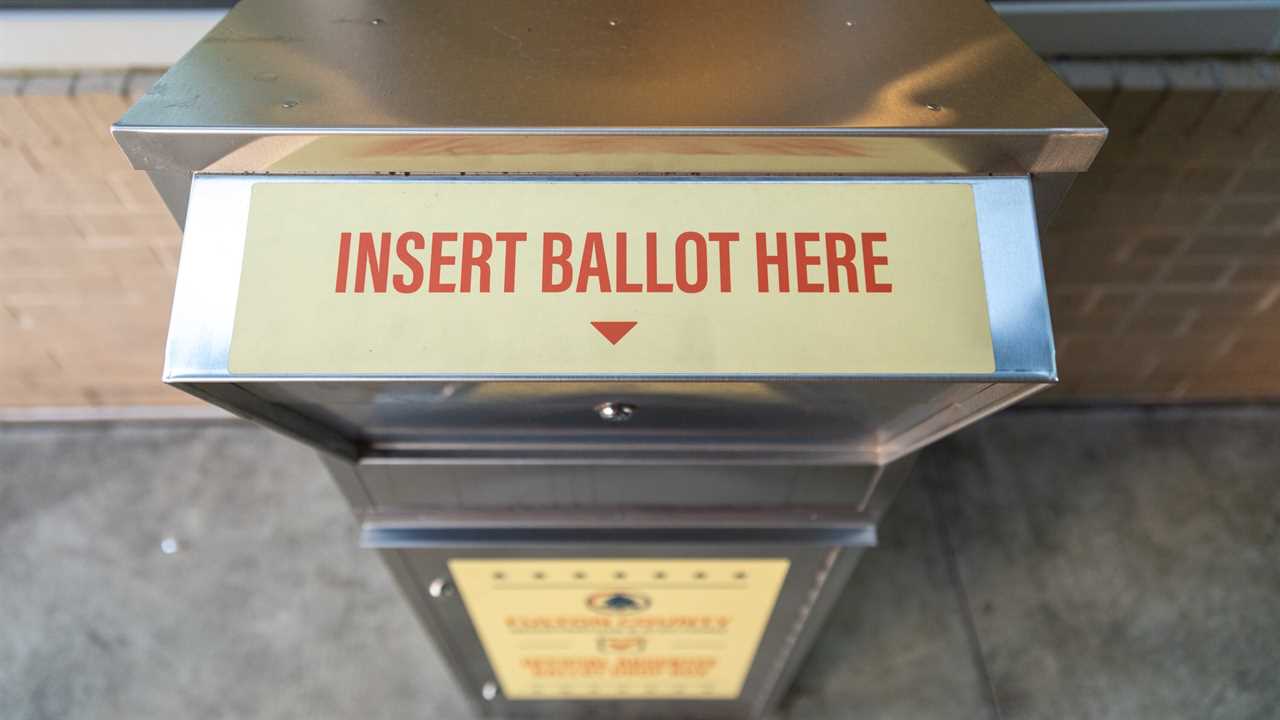
When Georgia’s Senate runoff polls close tonight, elections officials will begin reporting three sets of vote totals: 2.1 million cast at in-person early-voting sites, 1 million cast by mail and those cast at Election Day precincts, a figure that officials estimate could be anywhere from 500,000 to 800,000.
There will be little consistency to how Georgia’s 159 counties report their results. Some will post all of their early in-person votes shortly after the polls have closed. But the mail ballots are likely to be slower. Most of these ballots have already been processed but not counted, meaning envelope signatures and addresses have been verified but the ballots have not been run through vote-counting machines.
Some counties will be faster than others to report their results. Fulton County, which includes Atlanta and has a reputation for being slow at reporting vote totals, is already far behind the state average in processing mail-in ballots.
Statewide, 74 percent of mail ballots have been processed. But Fulton County, a Democratic stronghold that is the largest county in the state, has processed just 66 percent of its ballots, according to the United States Election Project. In neighboring Cobb and Gwinnett Counties, suburbs that swung hard to President-elect Joseph R. Biden Jr., officials have processed 82 percent and 76 percent of their mail ballots — an indication that they will report results earlier in the night.
Other counties expected to be slow in reporting results include Henry County, a suburb south of Atlanta that has processed 57 percent of its mail ballots, along with the Atlanta suburbs of Clayton and Forsythe Counties; Chatham County, which includes Savannah; and Houston County, south of Macon.
One big unknown remains the size of Georgia’s Election Day turnout. The secretary of state’s office, which said on Tuesday afternoon that the average statewide wait time was one minute, is not reporting any turnout numbers until after the polls close. Officials with the Senate campaigns, political parties and outside groups working in the state had anecdotal data that showed a steady but not overwhelming turnout.






